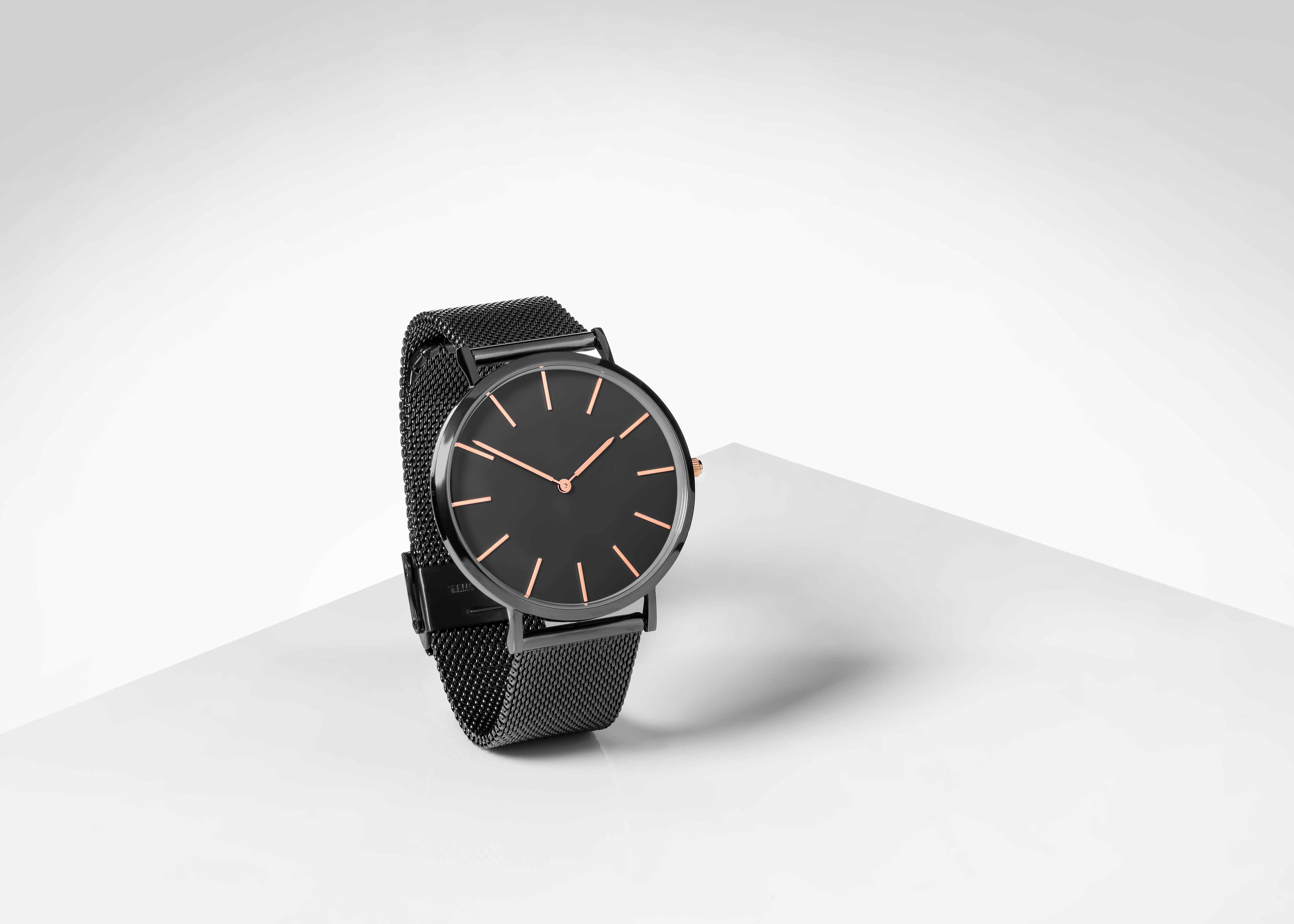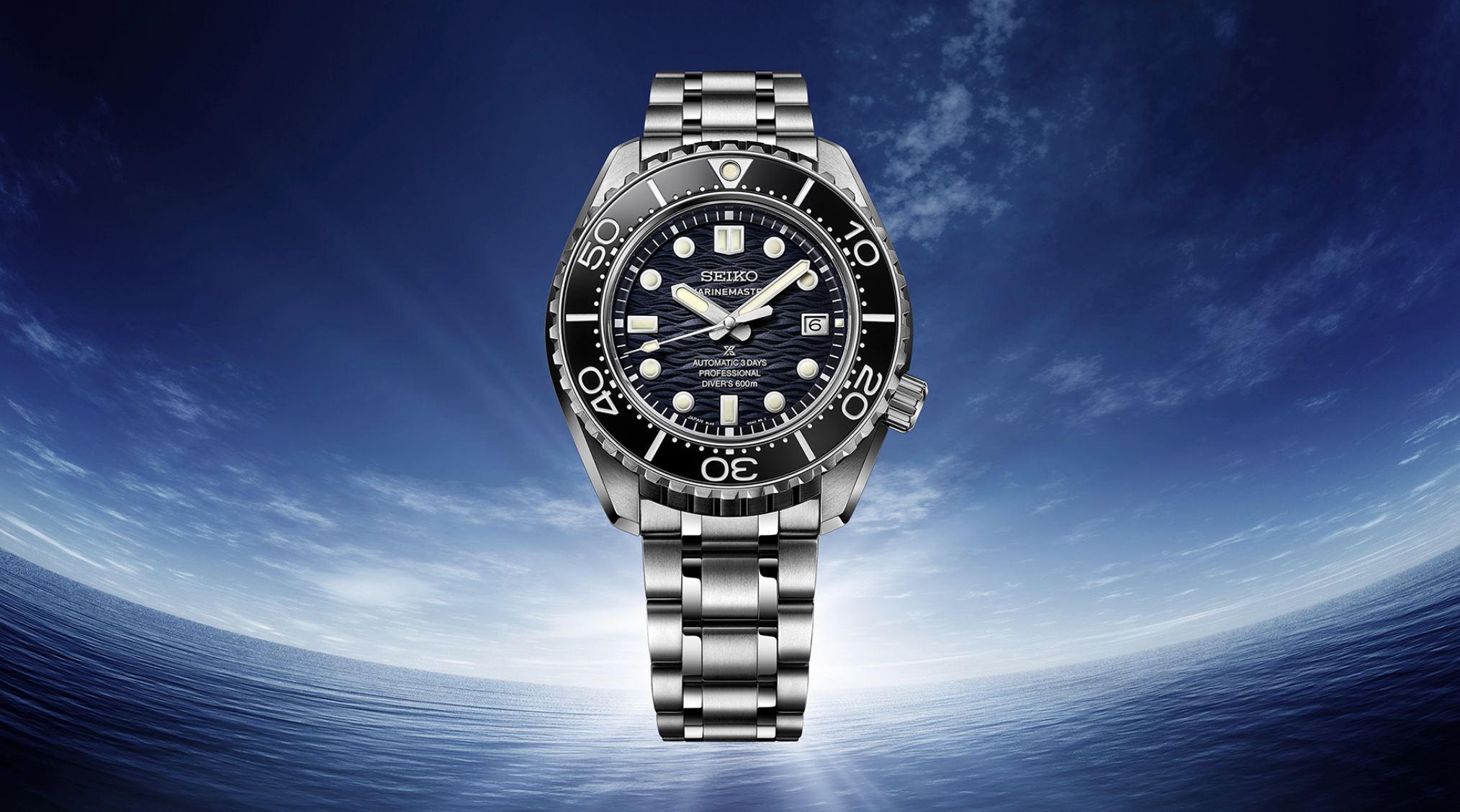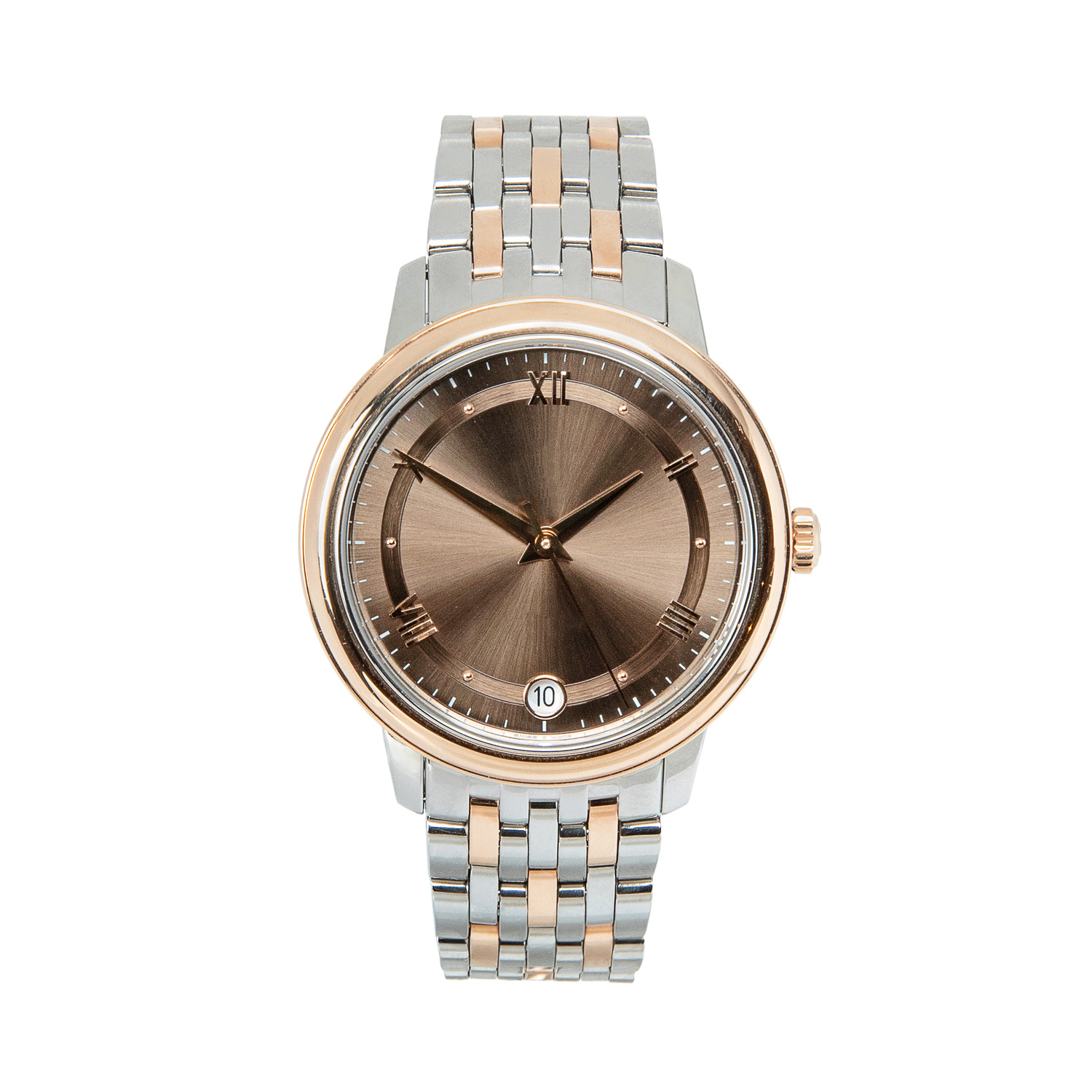‘Limited edition’ is a term long linked with exclusivity, prestige, and rarity – in the realm of luxury timepieces, this typically comes with hefty price tags. But what if it references only the term and is merely the illusion of exclusivity? No two brands are the same, and the same applies to two limited editions. While some are actually scarce, many others are simply marketing tools used to build up hype and create an artificial demand for the item. Watch enthusiasts understand the intricacies in order to avoid purchasing exclusivity that does not exist. It is important to know thy luxury, plus when and why limited editions aren’t always rare.
Playing the numbers game

What constitutes a truly limited edition, and who ultimately decides the designation? This is the horological conundrum that many collectors must ask themselves when it comes to adding timepieces to their arsenal. Therein lies the loophole of limited editions, as they are up to interpretation and industry standards that can easily vary based on several factors. The general unwritten rule in watchmaking is that a truly limited edition has a fixed production number, the promise of no future re-releases unless expressly noted, and transparency about the distribution of the timepiece.
Some brands have exploited this loophole by releasing a series of limited edition batches that return every year for a few years, and are advertised as ‘limited production’ but with no verifiable numbers. Reissues with minor adjustments that resemble previous models are also another way for brands to increase profits with special editions.
Look for a serial number

Limited editions of merit release a series that is individually numbered for easy tracking, so if you come across a brand claiming a limited production series but no numbering, it’s probably an open-ended production run.
High Production
Limited edition runs are very small – any runs of 5,000 or more pieces are not classified as rare. True collector’s timepieces are collections that run limited editions in the hundreds.
Frequent Drops
Brands that announce limited models annually use frequent re-releases as a sales tactic, which does not speak to true exclusivity. A limited edition should be a true event, one that happens for a special reason or to commemorate a particular moment.
The reasoning behind the ‘limited edition’ label

Why is the ‘limited edition’ label so popular amongst many brands? A sense of urgency acts as the catalyst in marketing to excite the public. This energy, combined with the promise of scarcity, alludes to higher value and thus the potential for more interest and demand. Another reason why brands use this angle is to avoid the devaluation of the main collection that could affect revenue sales. To test the market, some brands use the ‘limited edition’ label to gauge demand for the product before investing in a full-out production.
Verifying limited editions

Before investing in a timepiece, check the brand for official documentation that verifies the status of the product. Press releases often state production numbers for easy tracking. Next, research trends in the secondary market and compare the watch against models known for high appreciation rates like the Audemars Piguet ‘Jumbo’ or the Rolex ‘Batman’. Another option is to research collector communities both in person and virtually to get the latest information on your favorite upcoming releases. Notable forums like Watchuseek are known for thoroughly checking out the status of new timepieces.
The power of tiny productions

Limited editions are more likely to retain premium value, and there are a few small production runs of less than 100 pieces with no subsequent reissues. Even discontinued collections or non-limited timepieces can reach rarefied status once production ceases. Luxury watches connected to historical moments command high resale value as they represent a specific event in time and eventually become family heirlooms.
Shop smart

If you’re considering a new luxury timepiece, then you will have to verify everything in order to protect your bottom line. When production numbers aren’t disclosed, it’s harder for buyers to gauge true rarity—so it’s worth doing a bit of research to feel confident in your investment. A vintage Rolex carries more prestige and value than any recently released ‘limited edition’ watch, but at the end of the day, you should buy what you love if the design speaks to you. Exclusivity isn’t everything — if you love a watch, that absolutely matters.
Conclusion: limited does not equate to value
Luxury watch collectors understand that rarity doesn’t happen overnight and doesn’t require gimmicks or extensive advertising. Before you decide to purchase a limited edition model, check for the number produced and the reasons behind the cap. If there is a story related to the release, it may carry even more prestige. If the answer isn’t a resounding “yes”, then only buy the watch if it’s one you love and not just as an investment piece.




